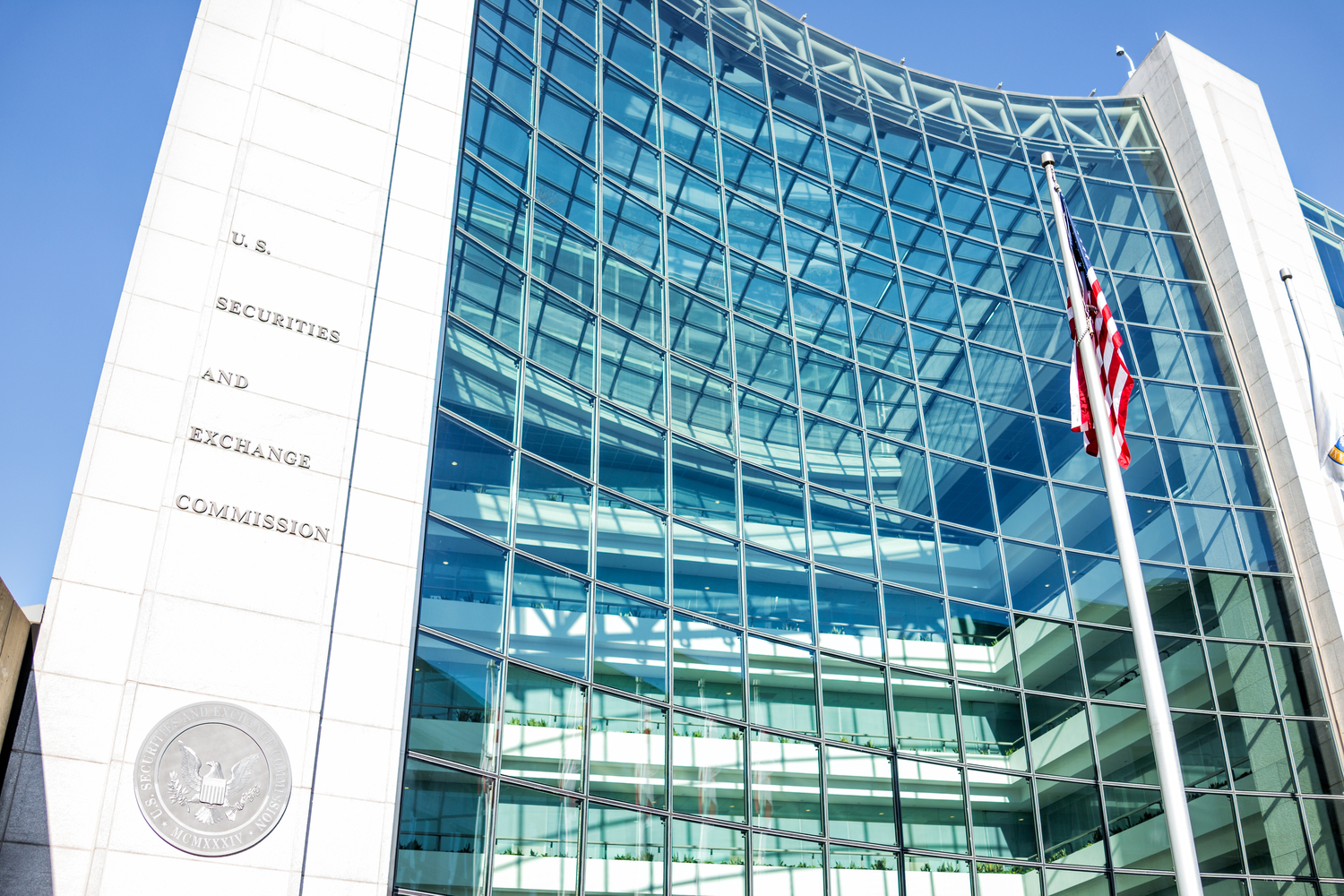Back to School: Supporting the Next Generation of Investors
It’s September, and the next generation of investors is back in class, many of whom are digital natives with much different investment interests from their parents and grandparents. Studies show that “almost 60% of Gen Z and millennial investors own cryptocurrency and stocks, with crypto edging out stocks as the most popular investment.”
The Great Wealth Transfer is well underway and arguably the largest transfer of wealth in our history. Current estimates suggest that $70 trillion of assets are being transferred to the next generations of investors. It’s already clear that many of these heirs don’t or won’t want the same investment advice offered to previous generations, and they are moving toward digital currencies and new investment products. When something this significant, this dynamic, and so removed from our current TradFI world blankets the industry, it’s time that we all go back to school.
Erik Anderson of Global X talks us through the changing investor, their interest in digital assets, and how advisors can recognize and support the changing interests of the next-gen investors.
You’re reading Crypto for Advisors, CoinDesk’s weekly newsletter that unpacks digital assets for financial advisors. Subscribe here to get it every Thursday.
Advisors Who Ignore Digital Assets Could Be Left Behind: 3 Ways To Raise the Asset Class With Clients
Younger generations are increasingly interested in new asset types, with Millennials and Gen Z in particular favoring the decentralized composition of the digital asset markets. Yet despite this enthusiasm, apprehension around the asset class is also high and consistent across age groups: More than 40% of investors said cryptocurrency is “too risky” or “too confusing,” a recent study found.
Staying up to date on the market can be challenging, especially for those new to investing. That means financial advisors – historically wary of the digital assets space – have an exciting role to play. Regardless of an advisor’s personal views on the asset class, their clients are likely already getting exposure to the technological shift that is underway in some way, shape or form. Advisors in it for the long haul should want to be involved in these client conversations, not shut out of them.
Here are three ways advisors can help the next generation of investors cut through the noise and better understand how digital assets can be incorporated into their portfolios.
Explain what the asset class is and why it matters
Advisors can help arm investors with a foundational understanding of blockchain technology, the real influencer in the space and the enabler of digital and crypto assets.
Blockchain infrastructure can facilitate not only the management of digitally native forms of money but can also be used for a more diverse set of use cases, including decentralized applications and smart contracts. The database can be useful for many industries and can help processes like state recordkeeping, the democratization of private markets, supply chain management and copyright protection.
What’s happening with blockchain is similar to what we saw in the early days of the Internet. That said, the value proposition of blockchain can often be overshadowed by distracting news headlines and complex technical jargon. Advisors have to circumvent these roadblocks by focusing on demystifying the asset class and making exposure feel more accessible to investors.
Outline how to gain exposure to the asset class
After investors have a firmer grasp on the space, the question becomes how they can access the asset class. Advisors can help investors understand various ways they can go about this, including direct or semi-direct exposure (e.g., derivative instruments, private funds, SMAs, or ETPs) as well as indirect exposure through ETFs or crypto equities – like public miners and exchanges.
An advisor’s guidance is particularly crucial when it comes to custody. If investors choose to self-custody, they need to understand that they are solely responsible for their digital assets. Being the point of protection comes with risk and responsibility. Meanwhile, an ETF with a digital assets related offering can offer a simple, low-cost way to gain diversified market exposure.
Many investors choose to begin with bitcoin, considered the simplest and most easily understood crypto asset for its name recognition, strong network effects and established product market fit. From this starting point, advisors can help investors explore other avenues, such as Ethereum.
Help determine how much to invest in the asset class
As with any asset class, determining how much of a diversified portfolio should be dedicated to digital or crypto assets really depends on the individual. Many growth portfolios have 1-5% allocated to the asset class, but for more traditional conservative portfolios, it may entirely not be a fit. Advisors can help clients consider their investment goals, risk tolerance, time horizon and even the broader macroeconomic environment before ultimately moving forward.
At the end of the day, many investors feel pressure to know everything about alternative assets, including cryptocurrencies, before pulling the trigger. That is often an unrealistic expectation, given the asset class is nuanced, and wrapping your head around it can be time-consuming. Instead, look to experts – including advisors – who are immersed in the space day-in, day-out, and there to help.
Ask an Advisor: Banking Access
Q: What is the bullish case for bitcoin when compared to fiat currencies and the traditional banking system?
A:
“Banking the unbanked and unbanking the banked.”
One’s perception of value can vary widely depending upon one’s situation.
With a substantial portion of Africa still lacking access to the traditional banking system, Bitcoin offers the unbanked direct access to global commerce by circumventing banks.
On the other hand, many investors in developed markets have seen cracks emerging in the traditional financial system in 2023 with the collapse of three U.S. banks and contagion almost taking down two more, requiring government actions to stop further spread of the panic. This, followed up by the recent downgrade of U.S. Treasury debt by Fitch, could be viewed as a one-two punch to the once impenetrable USD.
– Jon Henderson, CFP®, CRPC®, CBDA, Founder/CIO, Echo45 Advisors
Keep Reading
Social media app X, formerly known as Twitter, has obtained money or crypto transmitter licences in seven U.S. states. Sending money is already starting to look different.
Residents of Colorado can pay for services such as drivers license, vehicle registrations and other services with cryptocurrency, the Colorado Division of Motor Vehicles (DMV) announced.
Edited by Bradley Keoun.








